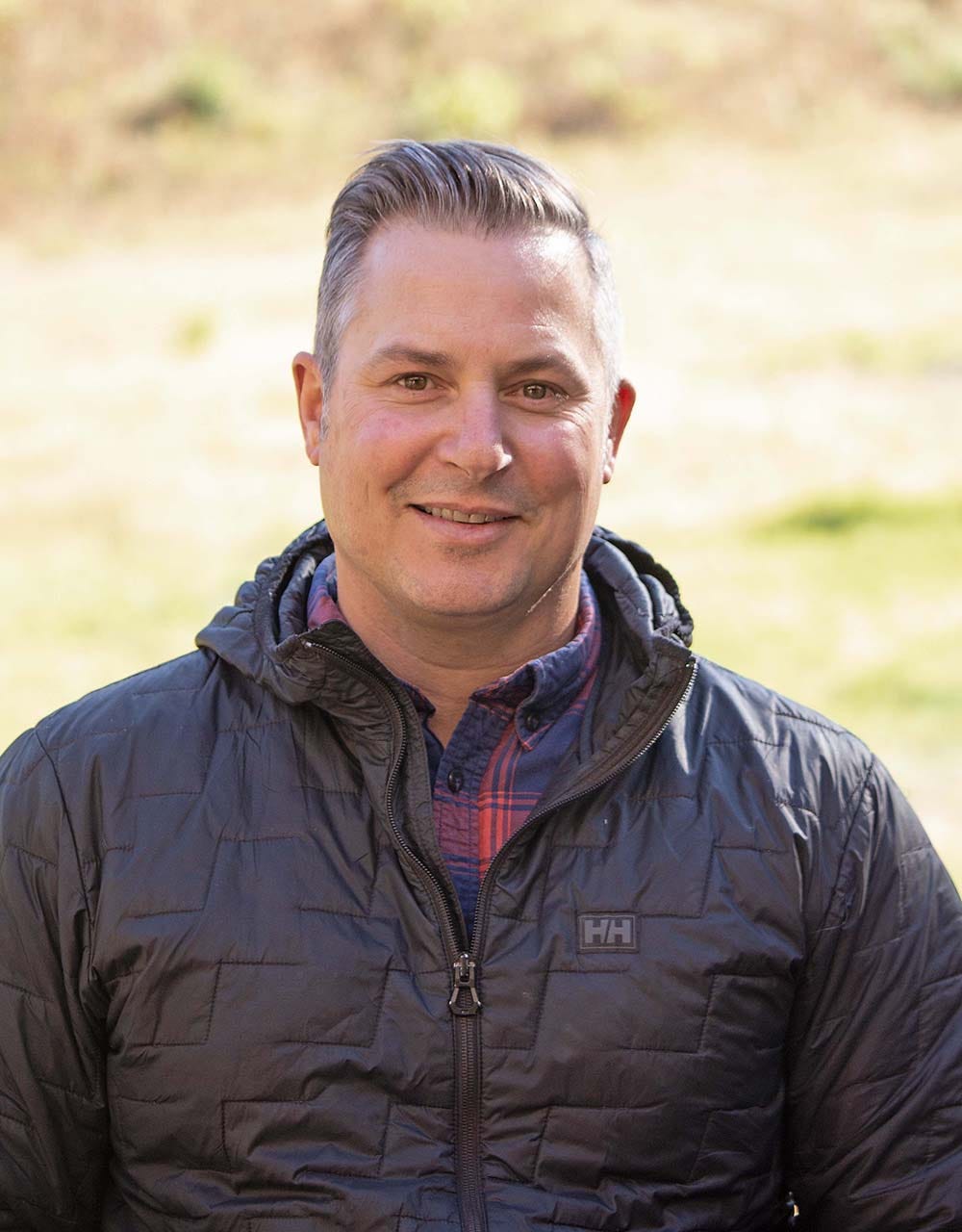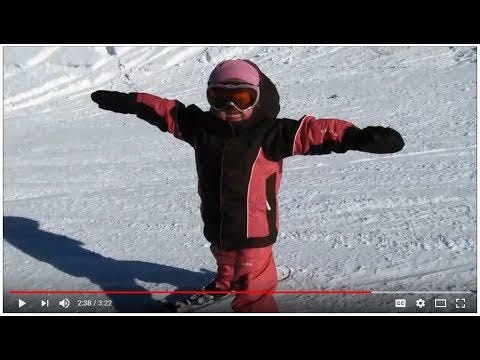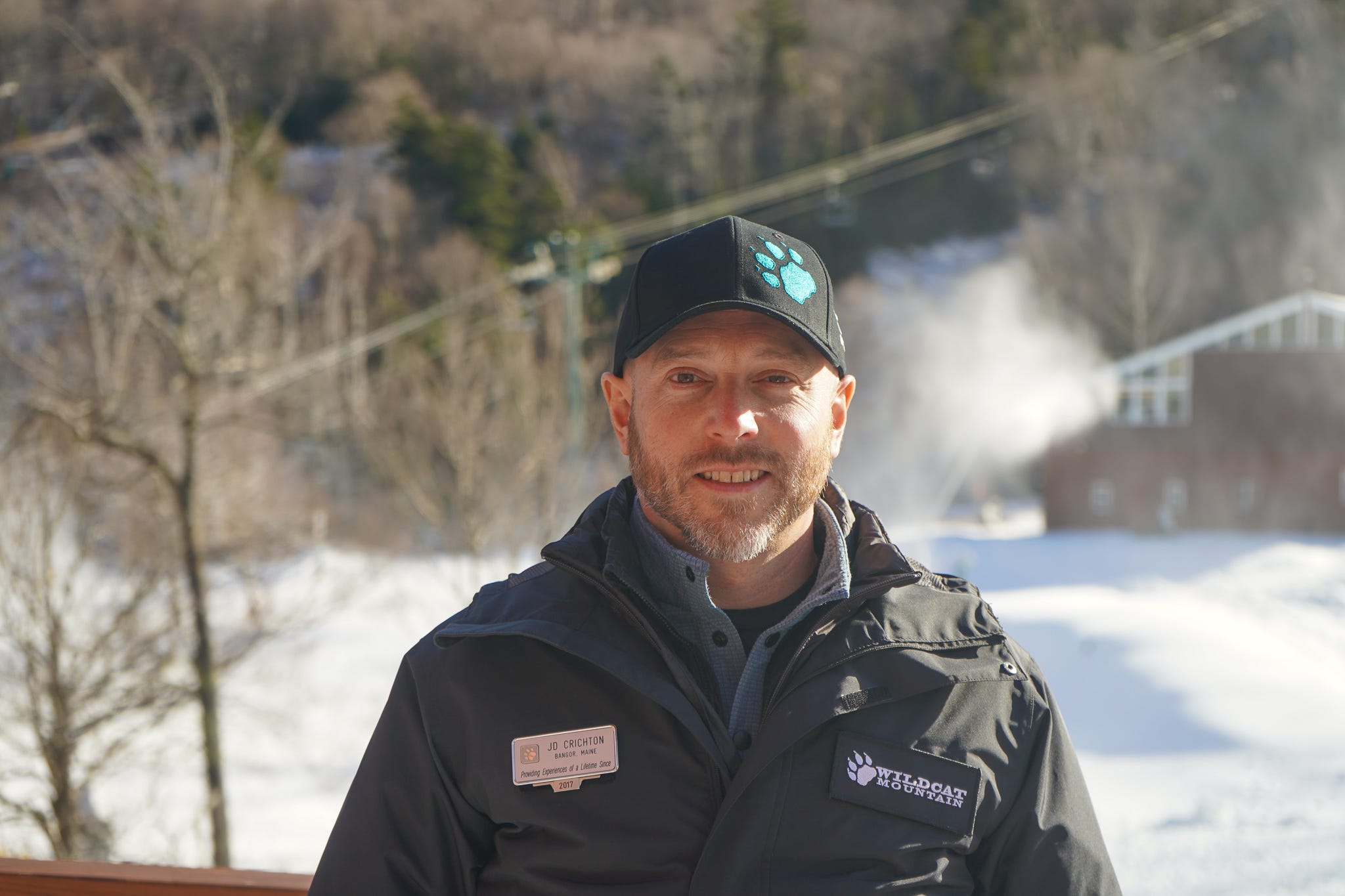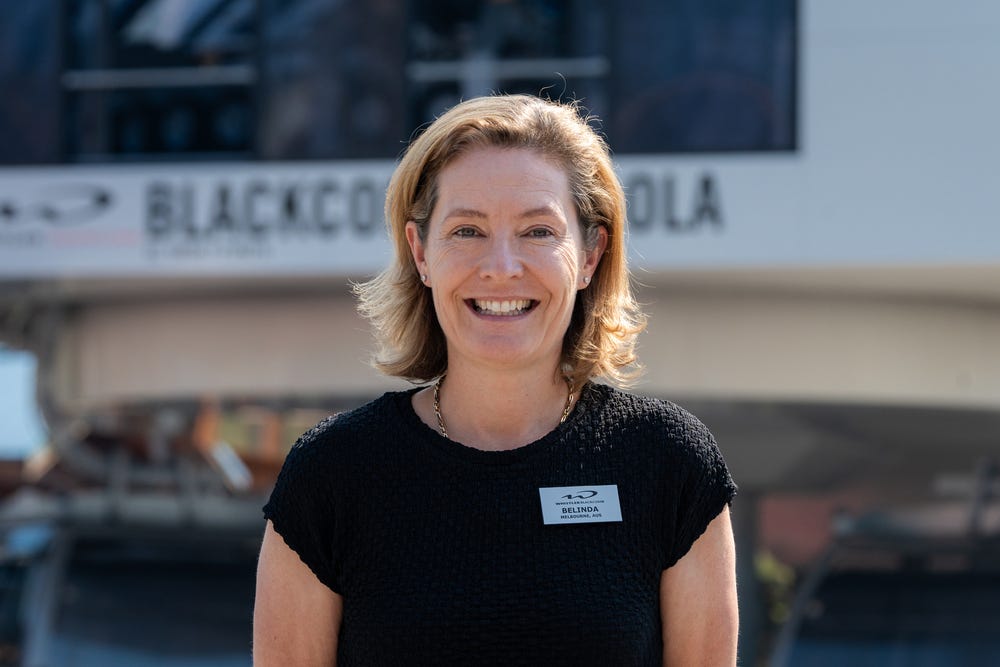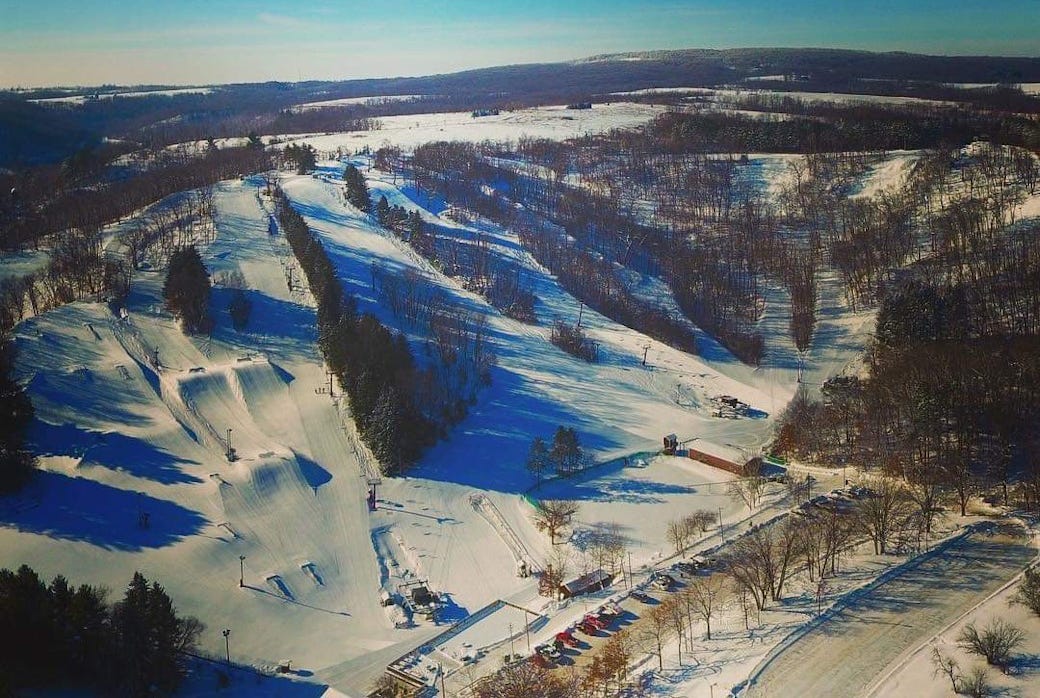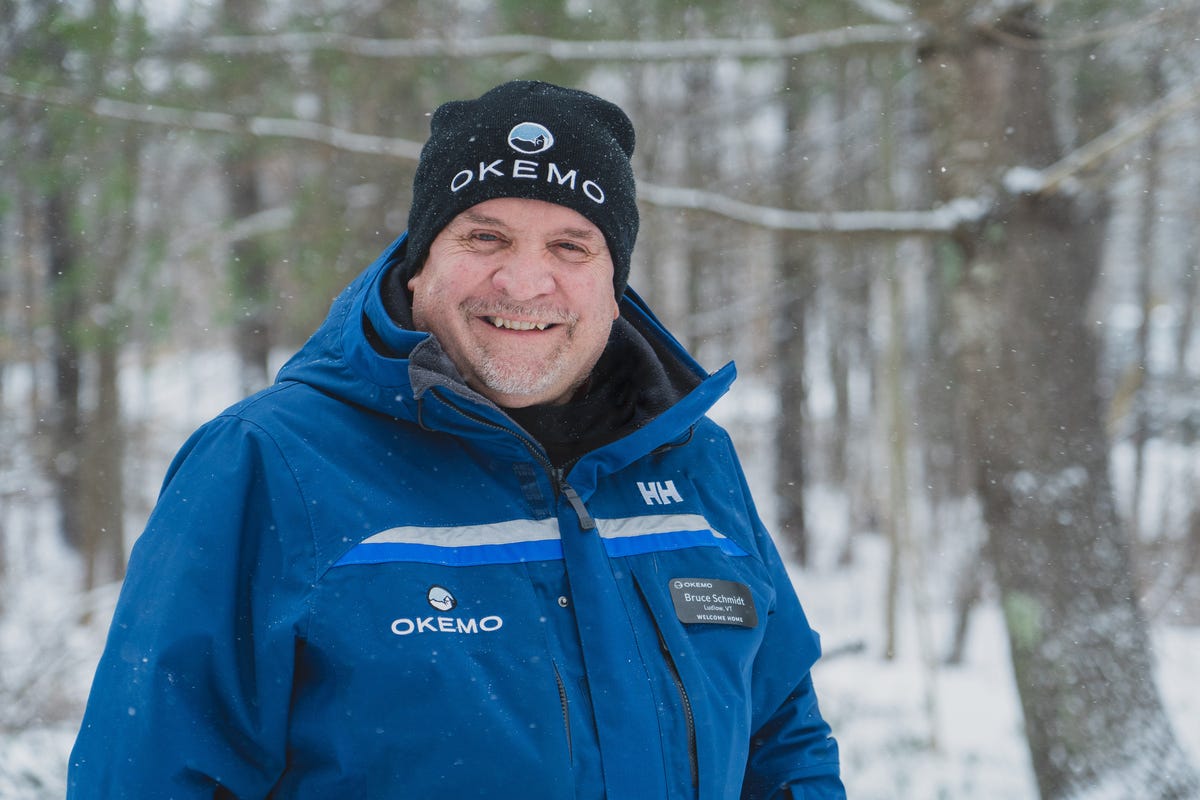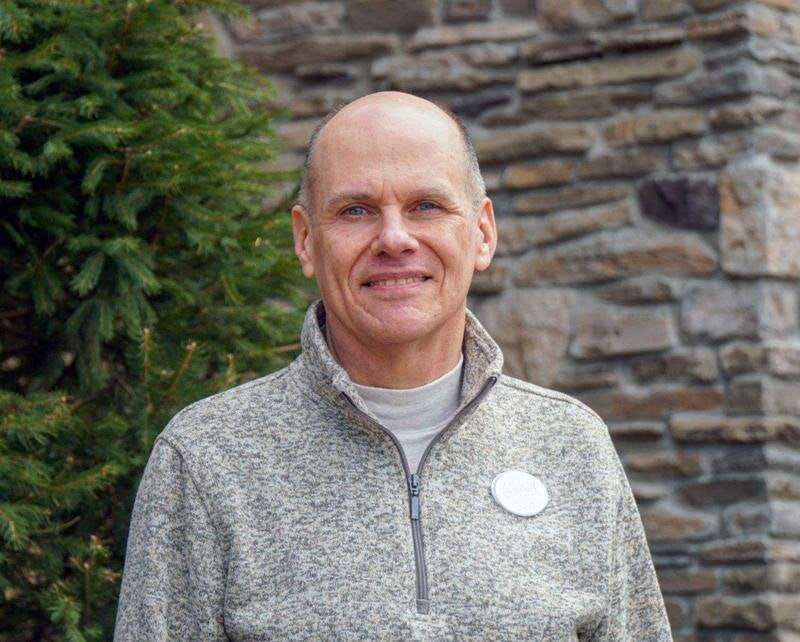Podcast #170: Bluewood, Washington General Manager Pete Korfiatis
Description
This podcast hit paid subscribers’ inboxes on April 18. It dropped for free subscribers on April 25. To receive future pods as soon as they’re live, and to support independent ski journalism, please consider an upgrade to a paid subscription. You can also subscribe to the free tier below:
Who
Pete Korfiatis, General Manager of Bluewood, Washington
Recorded on
April 4, 2024
About Bluewood
Click here for a mountain stats overview
Owned by: Local investors
Located in: Dayton, Washington
Year founded: 1980
Pass affiliations:
* Indy Pass and Indy+ Pass: 2 days, no blackouts
Closest neighboring ski areas: Cottonwood Butte, Idaho, 3 hours east
Base elevation: 4,545 feet
Summit elevation: 5,670 feet
Vertical drop: 1,125 feet
Skiable Acres: 355
Average annual snowfall: 300 inches
Trail count: 24 (30% difficult, 45% intermediate, 25% easy)
Lift count: 4 (2 triples, 2 carpets – view Lift Blog’s inventory of Bluewood’s lift fleet)
Why I interviewed him
Someday, if it’s not too late, I’m going to track down the old-timers who snowshoed into the wilderness and figured this all out. The American West is filled with crazy little snow pockets, lesser-known mountain ranges spiraling off the vast plateaus. Much of this land falls under the purview of the United States Forest Service. In the decades immediately before and after World War II, the agency established most of our large western ski areas within its 193 million-acre kingdom. That’s a lot of land – approximately the size of Texas – and it’s not all snowy. Where there is snow, there’s not always roads, nor even the realistic possibility of plowing one through. Where there are roads, there aren’t always good exposures or fall lines for skiing.
So our ski areas ended up where they are because, mostly, those are the best places nature gave us for skiing. Obviously it snows like hell in the Wasatch and the Tetons and the Sierra Nevadas. Anyone with a covered wagon could have told you that. But the Forest Service’s map of its leased ski areas is dotted with strange little outposts popping out of what most of us assume to be The Flats:
What to make of Brian Head, floating alone in southern Utah? Or Mt. Lemmon, rising over Tucson? Or Ski Apache and Cloudcroft, sunk near the bottom of New Mexico? Or the ski areas bunched and floating over Los Angeles? Or Antelope Butte, hanging out in the Wyoming Bighorns?
Somewhere, in some government filing cabinet 34 floors deep in a Washington, D.C. bunker, are hand-annotated topo maps and notebooks left behind by the bureaucrat-explorers who determined that these map dots were the very best for snowsportskiing. And somewhere, buried where I’ll probably never find it, is the story of Bluewood.
It’s one of our more improbable ski centers. Not because it shouldn’t be there, but because most of us can’t imagine how it could be. Most Washington and Oregon ski areas line up along the Cascades, stacked south to north along the states’ western thirds. The snow smashes into these peaks and then stops. Anyone who’s driven east over the passes has encountered the Big Brown Endless on the other side. It’s surreal, how fast the high alpine falls away.
But as Interstate 90 arcs northeast through this rolling country and toward Spokane, it routes most travelers away from the fecund Umatilla National Forest, one of those unexpected islands of peaks and green floating above our American deserts. Here, in this wilderness just to the west of Walla Walla but far from just about everything else, 300 inches of snow stack up in an average winter. And this is where you will find Bluewood.
The Umatilla sprawls over two states and 1.4 million acres, and is home to three ski areas (Anthony Lakes and inactive Spouts Springs, both in Oregon, are the other two). Three map dots in the wilderness, random-looking from above, all the final product of years in the field, of hardy folks pushing ever-deeper into the woods to find The Spot. This is the story of one of them.
What we talked about
Growing up Wenatchee; “the mountains are an addiction”; THE MACHINE at Mammoth; Back-In-The-Day Syndrome; Mammoth’s outsized influence on Alterra Mountain Company; how the Ikon Pass strangely benefited Mammoth; the accidental GM; off the grid; Bluewood and southeast Washington’s unique little weather pattern; “everybody that knows Bluewood comes for the trees”; why the Forest Service is selling a bunch of Bluewood’s trees; massive expansion potential; when your snowline is 50 feet above your base area and you have no snowmaking; the winter with no snow; Skyline Basin and dreams that never happened; ambitious lift-upgrade plans; summer and “trying to eliminate the six-month revenue drought”; “if you take the North American lifts right now, they’re only coming out because they’re pieces of crap”; potential future chairlifts; Bluewood’s owners and their long-term vision; mountaintop lodging potential; whether night skiing could ever happen; power by biomass; the Indy Pass; Southeast Washington ski culture; free buddy tickets with your season pass; Bluewood’s season pass reciprocal program; why Bluewood’s lift ticket prices are so low; and the absolute killer expense for small ski areas.
Why I thought that now was a good time for this interview
One of the more useful habits I’ve developed is attending offseason media events and consumer ski shows, where ski area managers and marketers tend to congregate. The regional gatherings, where mountain booths are stacked side by side like boxes in a cereal aisle, are particularly useful, allowing me to connect with reps from a dozen or more resorts in an hour. Such was the setup at the Snowvana “stoke event” in Portland, Oregon last November, which I attended both to host a panel of ski area general managers and to lay deeper roots in the rabid Pacific Northwest.
Two podcasts emerged directly from connections I made that day: my February conversation with Red Mountain CEO Howard Katkov, and this one, with Korfiatis.
So that’s the easy answer: a lot of these podcasts happen simply because I was finally able to connect with whomever runs the mountain. But there’s a certain amount of serendipity at work as well: Bluewood, right now, is on the move.
This is a ski area that is slowly emerging from the obscurity I caged it into above. It has big-picture owners, an energetic general manager, a growing nearby population, and megapass membership. True, it also has no snowmaking and outdated, slow chairlifts. But the big, established ski centers to its west are overwhelmed, exhausted, and, with a few exceptions, probably un-expandable. Bluewood could be a big-deal alternative to this mess if they can do what Korfiatis says they want to do.
There are a lot of millions standing between vision and reality here. But sometimes crazy s**t happens. And if it goes down at Bluewood, I want to make sure we’re sitting right there watching it happen.
What I got wrong
I said that Mammoth was an independent mountain when Korfiatis arrived there in 2000. This is incorrect. Intrawest owned a majority stake in Mammoth from 1997 to 2006.
Why you should ski Bluewood
Usually, when casual skiers ask me where they ought to vacation, their wishlist includes someplace that’s relatively easy to get to, where they can stay slopeside, where the snow will probably be good [whenever their kids’ spring break is], and that is a member of [whatever version of the Epic or Ikon pass they purchased]. I give them a list of places that would not be a surprising list of places to anyone reading this newsletter, always with this qualifier: expect company.
I like big destination ski areas. Obviously. I can navigate or navigate around the crowds. And I understand that 24-chairlifts-and-a-sushi-bar is exactly what your contemporary megapass patron is seeking. But if someone were to flip the question around and ask me which ski area characteristics were likely to give them the best ski experience, I’d have a very different answer for them.
I’d tell them to seek out a place that’s hard to get to, where you find a motel 40 miles away and drive up in the morning. Make it a weekday morning, as far from school breaks as possible. And the further you get from Epkon branding, the farther you’ll be from anything resembling a liftline. That’s the idea with Bluewood.
“Yeah but it’s only 1,100 vertical feet.”
Yeah but trust me that’s plenty when most of your runs are off-piste and you can ski all day without stopping except to ride the lift.
“But no one’s ever heard of it and they won’t be impressed with my Instastory.”
You’ll live.
“But it’s not on my Ultimo-Plus Pass.”
Lift tickets are like $50. Or $66 on weekends. And it’s on the Indy Pass.
“But it’s such a long drive.”
No it isn’t. It’s just a little bit farther than the busier places that you usually go to. But it’s not exactly in Kazakhstan.
“Now you’re just making things up.”
Often, but not that.
Podcast Notes
On Bluewood’s masterplan
Here’s the basic map:
And the lift inventory wishlist:
On Mission Ridge and Wenatchee
Korfiatis grew up in Wenatchee

